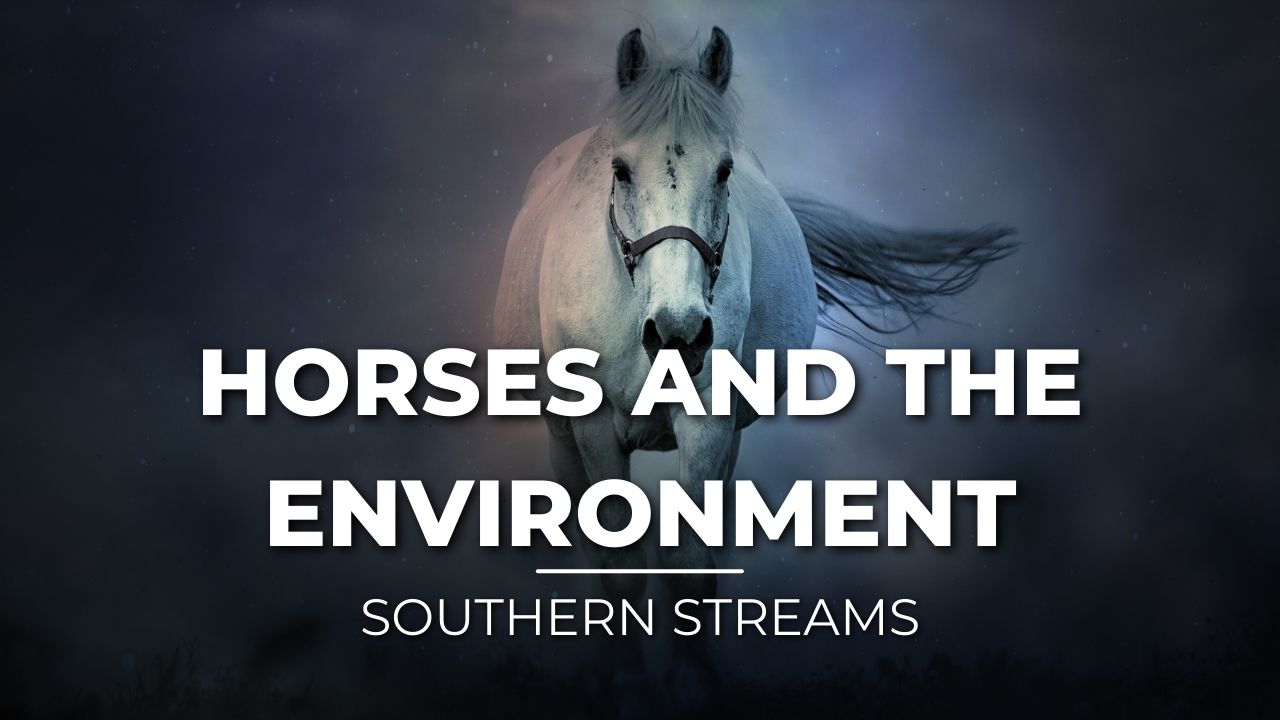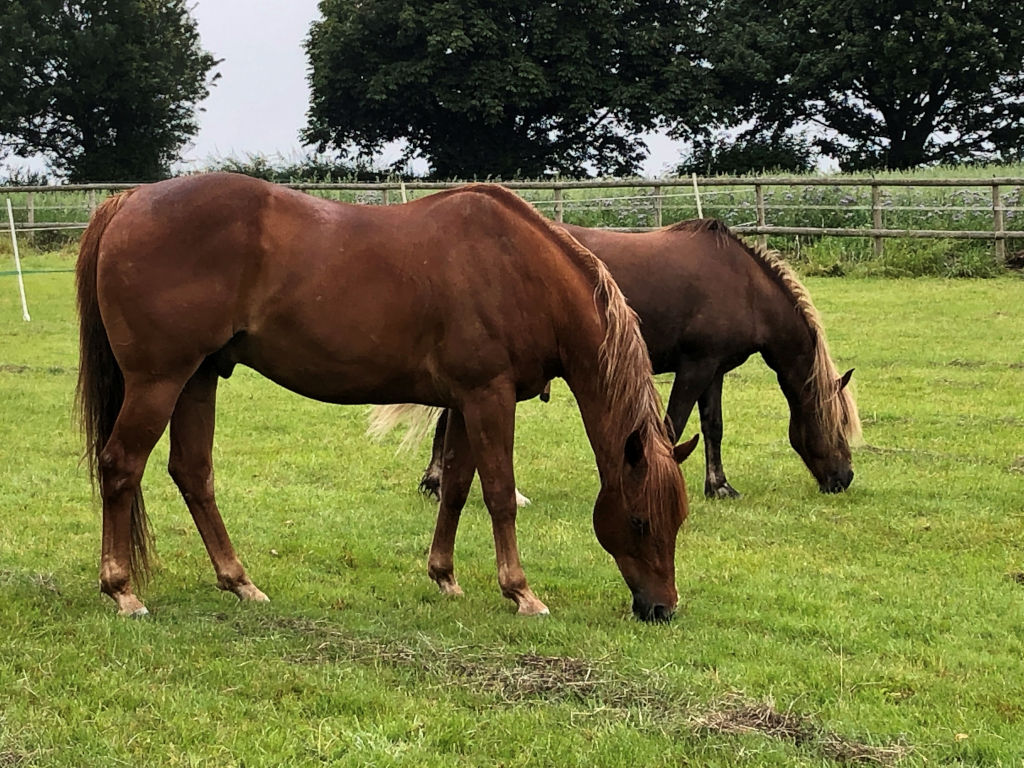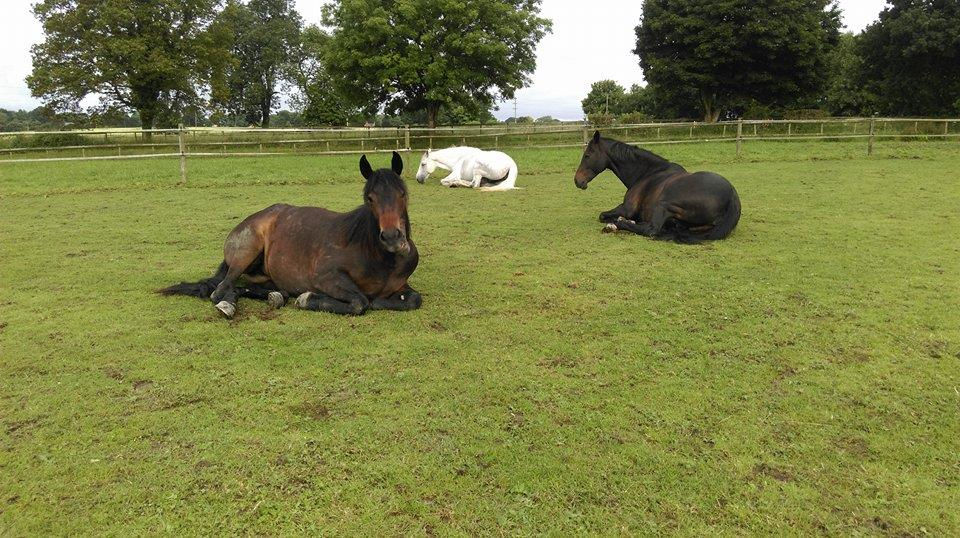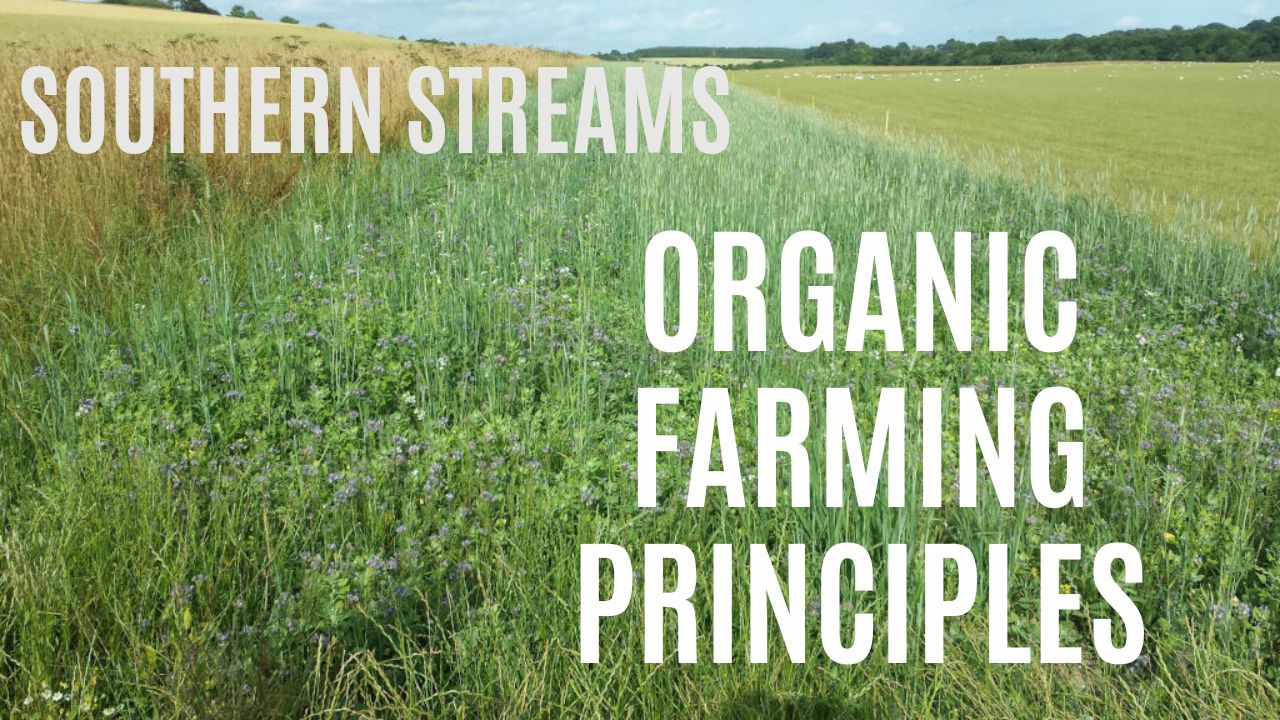Member Article
Horses and The Environment

Horses have played an important part in human history: as a mode of transport, as highly trained battle horses at war, and as workhorses on farms and in the coal mines.

In the UK today, horses are mainly used for leisure, sport, companionship or equine therapy. Getting outside in the natural environment and exercising promises huge mental and physical health benefits for horse-riders. Understanding horses and developing a bond with them can be a very rewarding experience for those lucky enough to ride, own or care for horses.
Management of horses today is infinitely different from how they would live in the wild. As selective grazers, they would have roamed across huge areas of land, being predated by wolves, lions and the like and receiving no additional winter feed or shelter.

Today, horses are kept in managed paddocks, with their manure often being used as fertiliser for local arable land, water courses being protected from them by use of troughs and a rotational system of grazing allowing soil and grasses to recover, often being cut for hay that keeps the horses well fed during the harder winter months.
For those animals that are housed indoors overnight, locally grown straw provides a comfortable bed and helps keep food miles down.
Maintaining a balance of keeping land and environment sensibly managed in terms of horse pasture is a challenge – muddy areas, selective grass preferences and compaction of soil are all aspects that must be addressed to keep land in good shape for the horses and wildlife that share the space.


